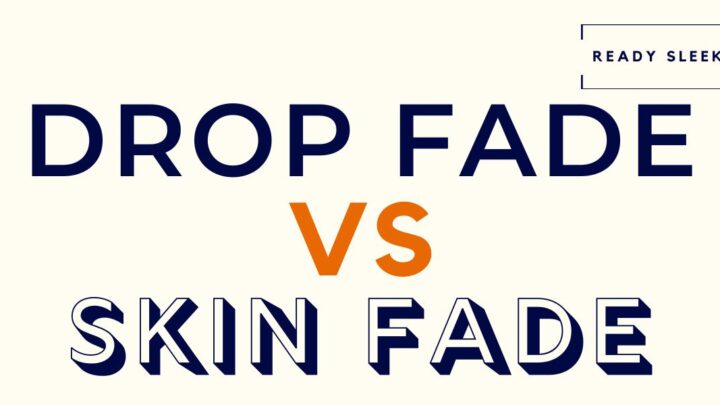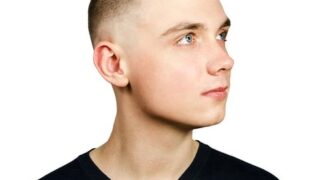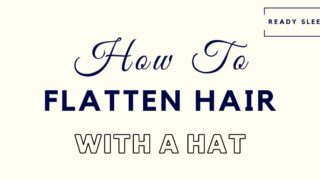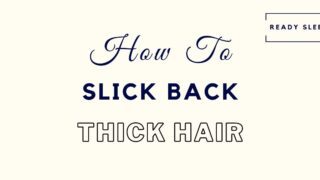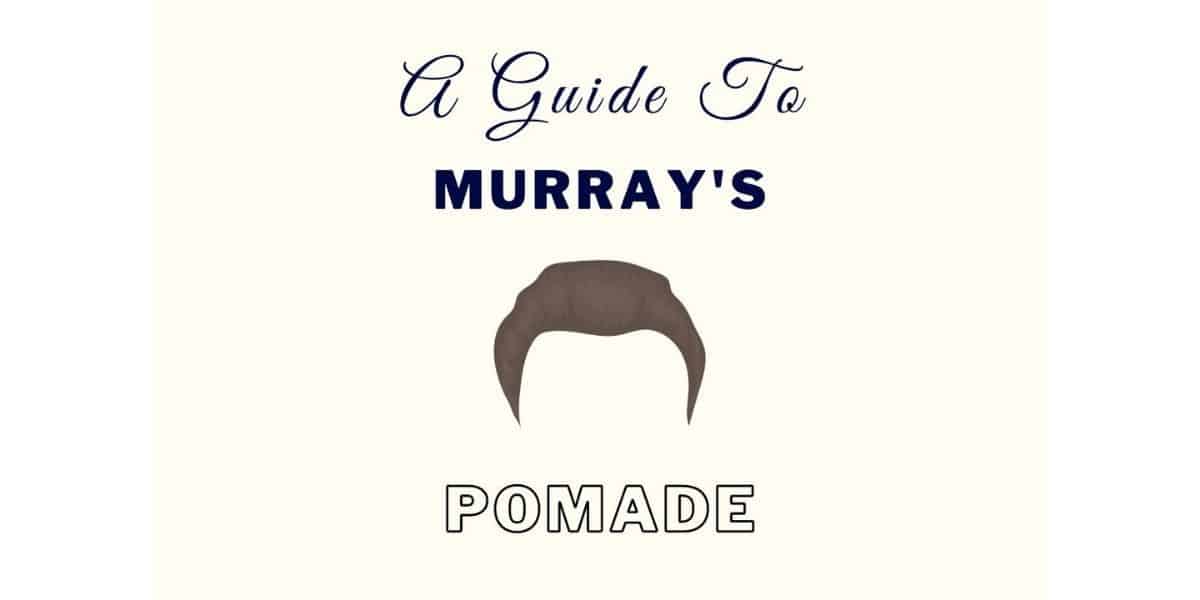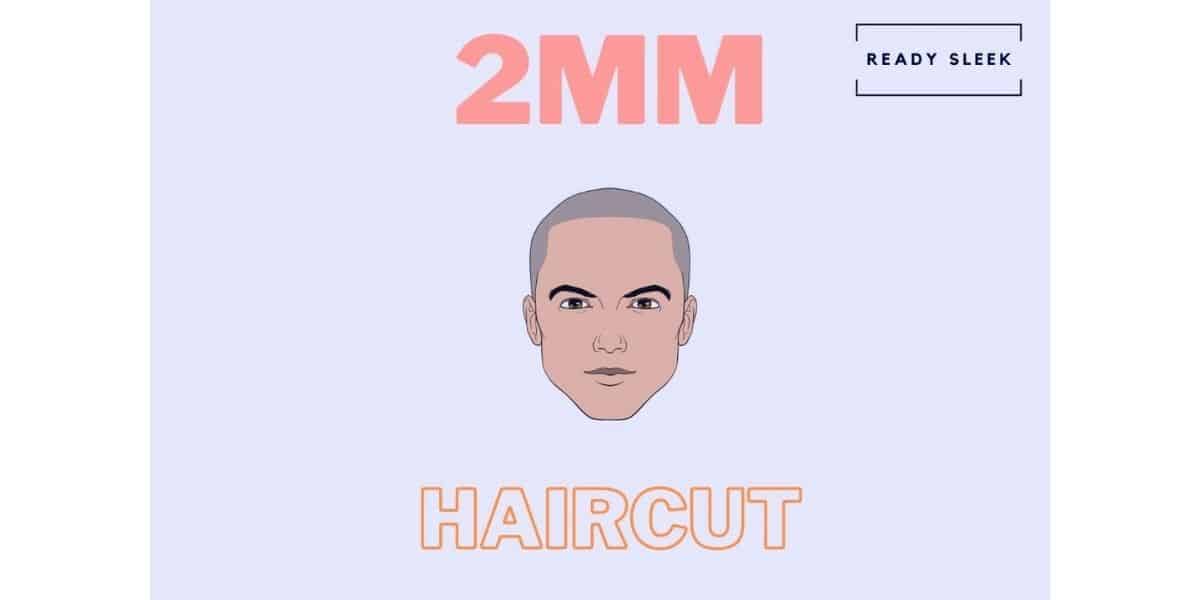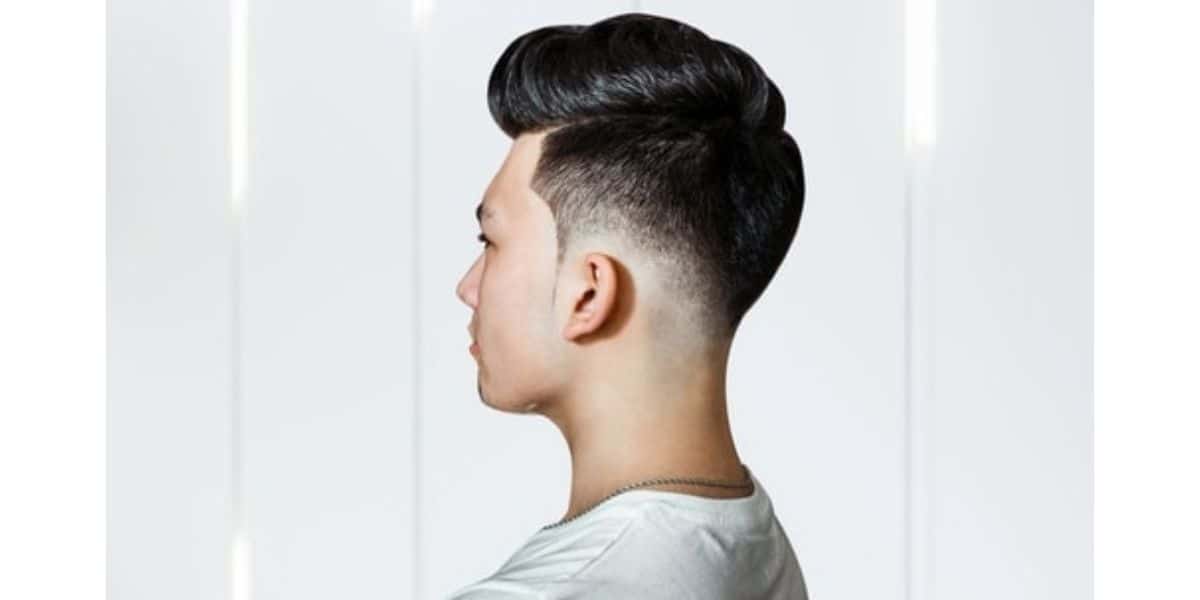Good communication with your barber is essential to getting what you want from a cut. Knowing the real differences between different fade styles is a good first step. So, what’s the difference between a drop fade and a skin fade?
A “drop fade” is a feature where the fade line appears to drop as it passes behind the ear before following the natural curve of the head around the back. A “skin fade” is any fade where the shortest length is shaved all the way down to the skin.
Although that’s the short answer, there’s more to it.
After going through the differences in more detail, I’ll go through some practical tips to help you choose which one is right for you.
Let’s get to it.
Drop Fade Vs Skin Fade: Differences
Here are the main differences between these two terms. It’s important to get to grips with them to avoid asking for the wrong thing.
1. Shape Vs Length
“Drop fade” refers to the shape and route the fade line takes as it travels along the sides and back of the head. “Skin fade” refers to the shortest length of the fade being shaved.
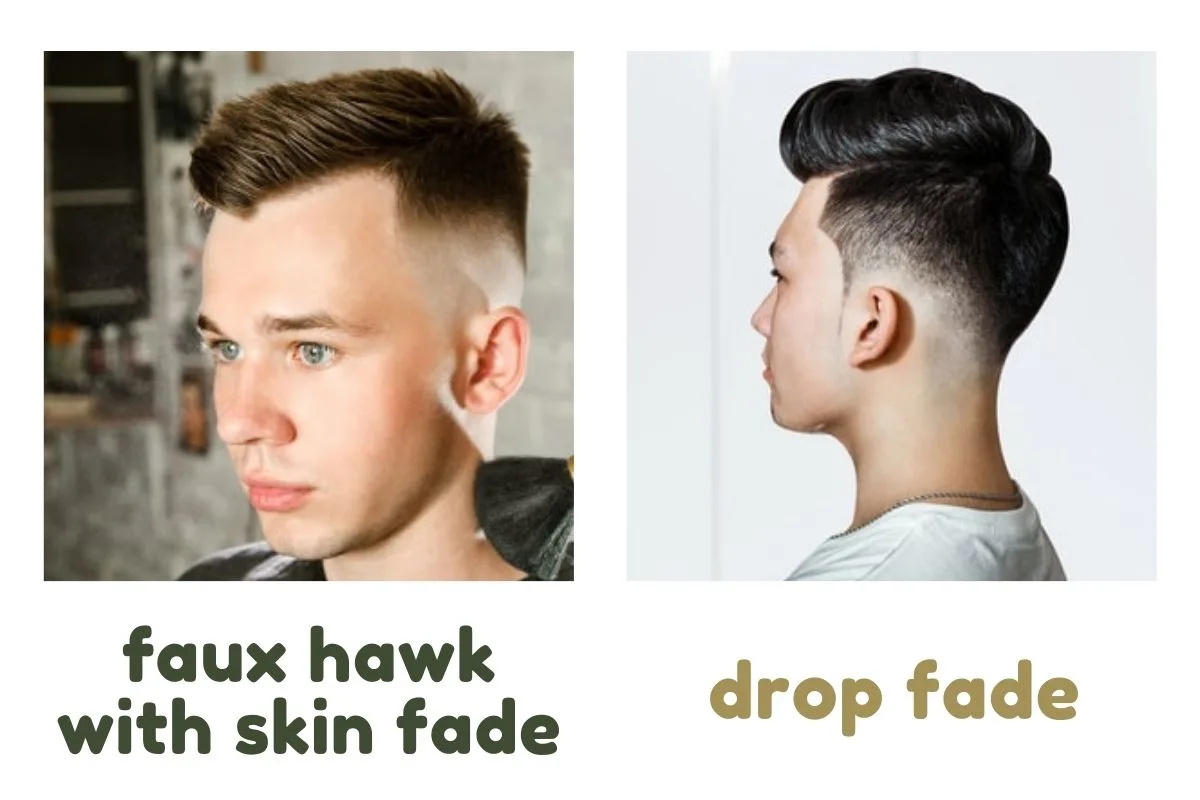
This raises some important points.
From the description above you can see that a drop fade can actually be a skin fade if the skin fade follows the typical shape of a drop fade around the head. It drops low as you pass the ear and then follows the natural curve of the head.
While a typical skin fade often just travels around the back in a nearly straight line, you could definitely cut it in a drop fade shape instead.
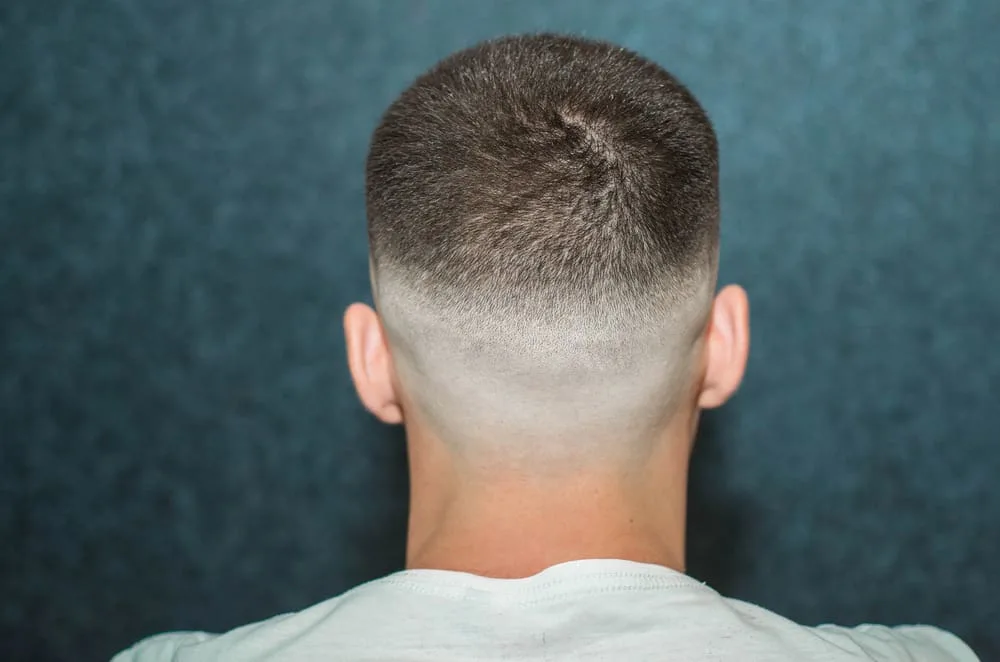
Image From Deposit Photos
So, in many ways, comparing the two terms isn’t actually that helpful.
Telling a barber you want a “drop fade” isn’t enough information because you aren’t telling them anything about the lengths you want.
You may, in fact, want a drop fade where the shortest length of the fade (at the bottom) is actually shaved all the way down to the skin before transitioning into longer lengths as you go up.
In this case, technically you want a drop fade and a skin fade which is entirely possible to achieve.
So, the main point here is that “drop fade” is a term that refers to the shape of the fade line, while “skin fade” is a term that refers to the shortest length of the fade.
That’s really the main difference between the two.
2. Fade Height
While it’s entirely possible for a drop fade to be a skin fade, it’s important to note that drop fades are usually “low” or “medium” in height.
You wouldn’t have the transition point of a drop fade any higher than around 2 inches above the ear. “High” drop fades don’t really exist.
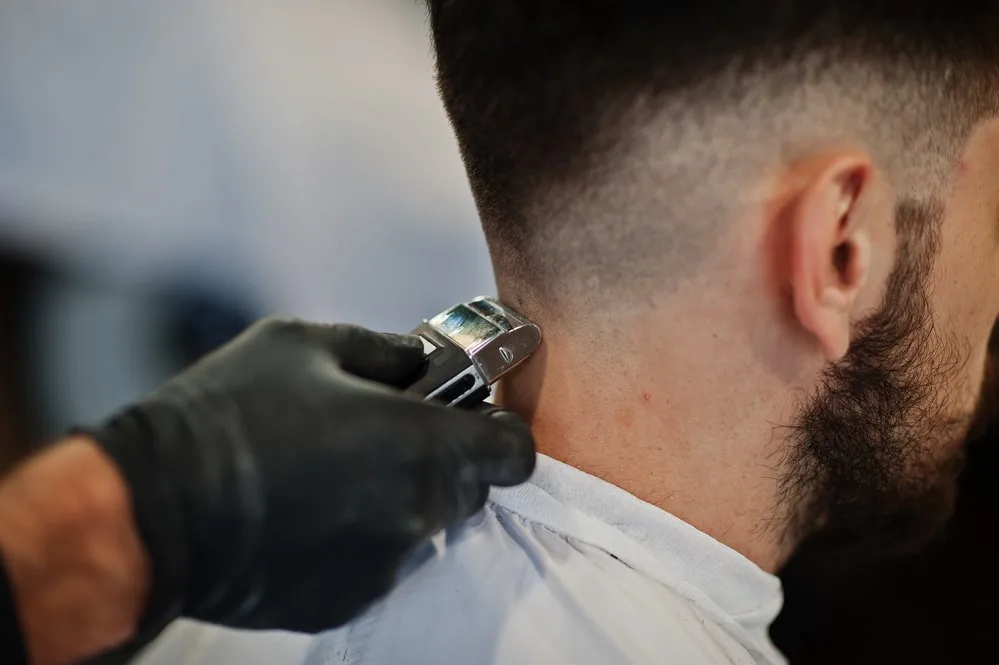
Image From Deposit Photos
That’s because fades would look pretty unusual if they started high before dropping past the ear and dipping low at the back.
It’s just not an appealing shape.
Low or medium fades (whether those fades are skin fades or not) work much better as drop fades.
In contrast, a standard skin fade that isn’t in a drop fade shape and simply travels around the head in a straight line can easily be “high”.
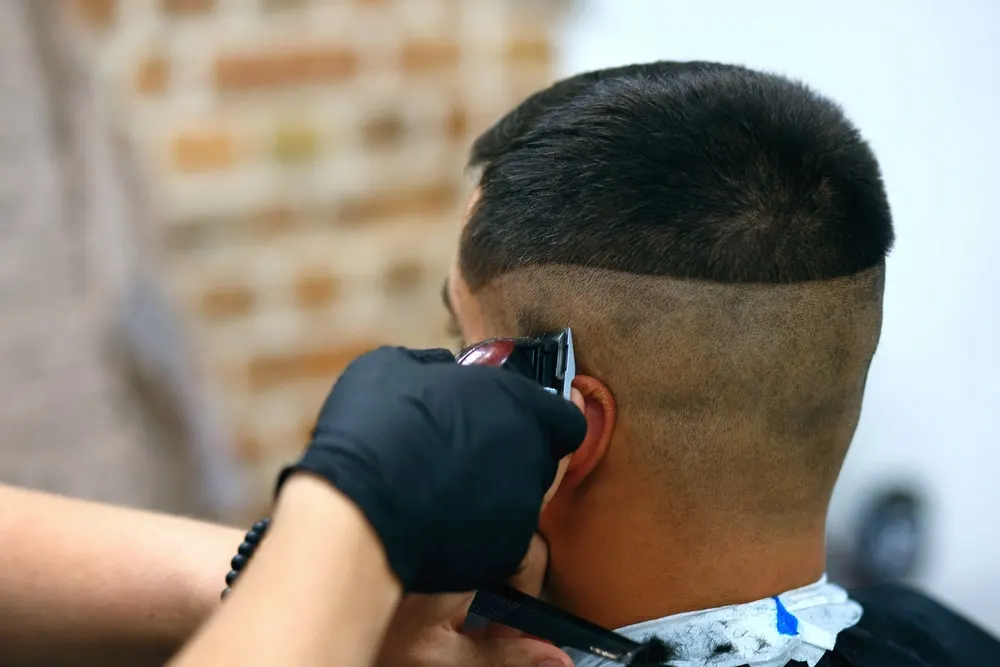
Image From Deposit Photos
In fact, high skin fades are pretty common. The transition point of the skin fade (i.e where the shaved skin starts to transition into longer lengths) usually occurs around the level of the temples.
As you can imagine, this is a pretty striking look, simply because most of the sides are shaved all the way down to the skin.
To sum that all up, drop fades (whether those drop fades happen to be skin fades or not) are usually low or medium in height. Skin fades that aren’t drop fades and simply travel around in a straight line can be low, medium, or high.
Drop Fade Vs Skin Fade: How To Choose
So, how do you choose between a normal skin fade (with a standard route along the sides and back of the head) and a drop fade?
1. Subtlety
The drop fade shape has a pretty subtle appearance to it. This is because the fade line follows the natural shape of the back of the head.
It drops low instead of going in a near-straight line at the back.
This generally gives the fade a more subtle and natural appearance, making it a more appealing option for those who don’t want a fade that draws too much attention.
Skin fades will always be bold and striking, simply because you’re shaving the sides all the way down, at least to a certain extent.
The higher the skin fade, the greater the proportion of the sides that will be shaved, and the bolder the look will end up.
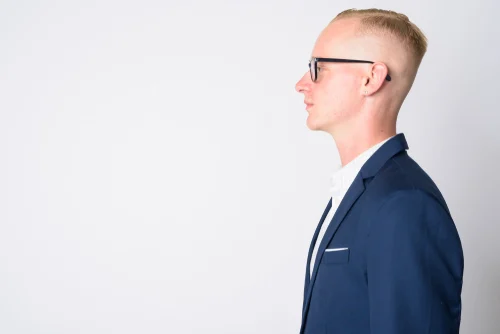
Image From Shutterstock
Because of this, skin fades are typically more attention-grabbing than drop fades.
However, it’s always worth bearing in mind that drop fades can actually be skin fades if the shortest length of the drop fade is shaved down to the skin.
So, a simple way to make a skin fade more subtle and less eye-catching would be to ask for a skin fade with a drop fade shape.
You’d get the striking appearance of a skin fade, but with the natural curvature and shape of a drop fade line.
If you wanted to go even more subtle, however, it would be wise to simply go for a drop fade where the shortest length isn’t shaved (i.e not a skin fade at all).
Instead, the shortest length would simply be clipper-cut down to a #0.5, #1, or #2 length before transitioning upward.
2. Shape Of Head
The back of the head can take many different shapes and sizes, often having ridges, grooves, and dips.
In fact, the back can have a more hook-like appearance in some people and this can sometimes be exaggerated by normal skin fades.
The shape would be on full show simply because a standard skin fade line would travel along the back of the head in a nearly straight line.
The beauty of a drop fade is that it can reduce this appearance by working with it and following the natural curvature of the head. It’ll aim to produce a more natural and balanced outcome overall.
If you feel as though you’d benefit from this, it’s worth considering a drop fade shape.
3. Maintenance
Skin fades are going to be higher maintenance than normal fades. This is because the freshly shaved appearance of a skin fade won’t last very long.
It’s not uncommon for people to get their skin fade topped up every 1-2 weeks, simply because short stubble would become visible just a few days after the cut.
In fact, after a week or so, that skin fade is going to look less like a skin fade and more like a normal fade.
So, if you want a clean-looking skin fade at all times, you’ll have to work for it and also consider the expense.
Remember, a drop fade may well be a skin fade. If this is the case, you’d have the same maintenance requirements.
However, drop fades that aren’t skin fades and simply have the shortest length clipper-cut instead (eg. #0.5, #1, #2), don’t require as much upkeep.
You could go an extra week or two before having to get that fade freshened up because a millimeter or two of growth isn’t going to be as noticeable as it would be over a skin fade.
Conclusion
There you have it. Hopefully, that was everything you needed to know about the differences between these often-confusing fade terms.
The main point is that “drop fade” refers to shape while “skin fade” refers to the shortest length.
A drop fade can be a skin fade if the shortest length of that drop fade is shaved all the way down to the skin.
Once you’ve got those points down, it becomes pretty easy to know exactly what to ask your barber for.
Enjoy.
Ready Sleek founder. Obsessed with casual style and the minimalist approach to building a highly functional wardrobe. Also a fan of classic, vintage hairstyles.

